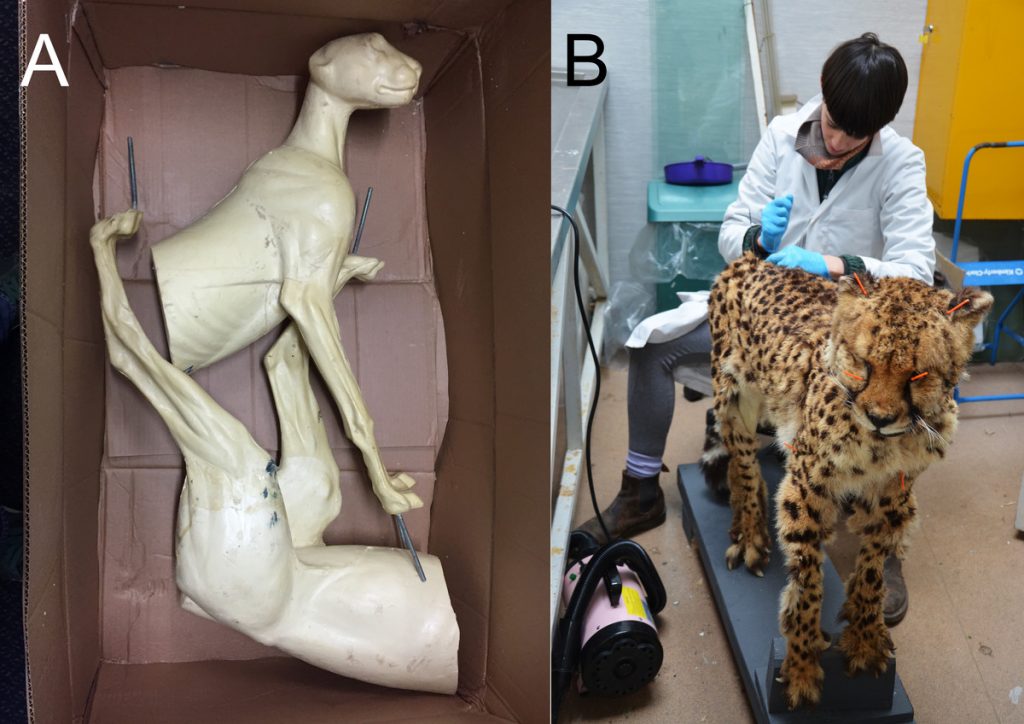
This is a legacy story from an earlier version of our website. It may contain some formatting issues and broken links.
Paula Wrightson’s latest blog post on the surprising history of Preston Manor looks at its role during the Cold War. How would this elegant Edwardian house have been used in the event of a nuclear attack?
Brighton in 1966 was a town ready to embrace the new youthful age of the Swinging Sixties. Memories of the Second World War, now 20 years past, might remain vivid in the heads of the older population who had lived through the conflict but for those born post-war, the first generation ‘Baby Boomers,’ war was ancient history. However, at Preston Manor the spectre of nuclear war loomed vivid.

Brighton postcard, mid-1960s
In the mid-1960s peace was on most people’s minds and with near full employment in Britain, especially for the young, residents of sunny Brighton had much cause for optimism. The seaside town retained all the pleasures of a traditional bucket-and-spade seaside holiday resort and yet exciting new cultural directions were being taken. The first Brighton Festival was held in 1967 launching an event now famed as one of Europe’s leading arts festivals. Half a century on it is easy to picture the optimism of the age. Harder maybe to feel the concerns, thankfully unrealised, that nuclear war or similar catastrophe might strike at any minute.
On 25 July 1966 Miss Margery Roberts, Preston Manor’s Honorary Curator, received a letter from Mr. James B. Adnams, the County Borough of Brighton’s Civil Defence Officer.
Based at the Civil Defence Headquarters in Edward Street Mr Adnams informs Miss Roberts of the suitability of basement rooms at Preston Manor for becoming a Sector Post of Brighton’s Civil Defence Control Organisation. A week prior to writing he’d made a visit to the house and approved the location for his needs.
‘I anticipate that access would only be needed some 8 to 10 times per year for a very limited number of people’ he writes ‘we should, of course, confirm to any of your security requirements.’

25 July 1966 letter from Mr. James B. Adnams
The tone of the surviving letters between three correspondents (Mr Adnams; W. O. Dodd, Town Clerk & Clerk of the Peace; and Miss Margery Roberts) is both sombre and brisk – the language not dissimilar to that used by Margery’s late father, Mr Henry Roberts, during the Second World War when Preston Manor was closed as a museum and used for civil defence purposes. Reading the 1966 letters, war seems to draw close again.
Why civil defence?
In Britain the Civil Defence Corps was established in 1948, three years after the end of the Second World War, and administered by local councils under the authority of the Home Office. The County Borough of Brighton (now Brighton & Hove City Council) had a Civil Defence Division staffed by officers under Mr Adnams. There is no Council department of this name today. The purpose of Civil Defence in peacetime was to be prepared for war – and during the height of the Cold War this meant nuclear attack. No adult in 1966 would forget the Cuban Missile Crisis of four years previous, when the United States and the Soviet Union came close to launching nuclear missile strikes.
A letter dated 7 September 1966 from Mr Dodd, the Town Clerk, to Mr Councillor P. E. W Best, Chairman of the Preston Manor Sub-Committee gives us more detail on how the house was to be used in anticipation of crisis.
‘Mr Adnams, the Civil Defence Officer, has been in touch with Miss Roberts about then possibility of using a very small area in the basement of the Manor, some 200 sq.ft., for a Sector Post as part of the civil defence control organisation in the town…Civil Defence would install at their expense an independent telephone and provide some simple furniture..’
Given the potentail devastation of a nucler war, one wonders quite how effective these basic facilities might be.
Prepared for the worst
Every county in the UK was a Corps Authority within which subdivisions or sections existed to oversee a wide range of actions in the event of hostile attack: the Headquarters Section, Warden Section, Rescue Section and Ambulance & First Aid Section and Welfare Section. The Welfare Section was responsible for the welfare of people made homeless including evacuation of the town’s population, provision of new accommodation for displaced persons, food, clothing, sanitation and medical care. When one considers the attack was presumed to be nuclear, and Brighton was a heavily populated area, the scale of the task would be huge.
During a parliamentary debate regarding staff levels at Bevendean Hospital on 22 April 1966 the Minister for Health, Mr Kenneth Robinson, quoted the population of Brighton and surrounding district as 290,000 with hospital bed provision for 1,600.
The Ambulance & First Aid Section of the Corps Authority were detailed to take injured persons to emergency field hospitals or Forward Medical Aid Units (FMAU) since hospitals would be swamped. The total number arriving at hospitals in a single civil defence area was estimated in 1959 as between 7,000 and 14,000.
To ensure efficiency, large-scale nuclear attack exercise scenarios were carried out in major cities in the UK in the 1950s and 1960s with hundreds of volunteers acting as casualties. Striking names for these manoeuvres included ‘Exercise Bull-Ring’ (1956), ‘Exercise Battledore’ (1959) and, chillingly, ‘Exercise Gory’ (1960) which attracted 700 cadets on bicycles attending an FMAU to assist the medics.
Underground bunkers
In a letter to the Town Clerk dated 6 September 1966 and headed ‘Plan 6’, Mr Adnams makes clear his preference for Preston Manor as a suitable Sector Post (along with Moulescoomb Place, then housing Brighton Corporation’s Parks and Recreation Department and now part of the University of Brighton).
‘Preston Manor fulfils all the requirements most adequately as it was used for the County Borough Control during the war.’

Steps to cellars used for civil defence on the Second World War
Indeed, remnants of the former civil defence control room can be seen in one of the cellars. The space was reinforced with iron girders to withstand bomb damage and air vents added. Fascinatingly a piece of graffiti drawn in chalk can be seen on one of the upright girders. The drawing, of no known date, shows an image popular in the 1940s and known as ‘Chad’ or ‘Mr Chad’ or ‘Kilroy was here’. The exact origins of Chad are unknown but he is associated with American servicemen, or GIs. The character is a bald-headed man with a prominent nose peeping over a wall. He would often appear with the slogan ‘Wot, no bananas’ or similar grumbles associated with wartime shortages. In the British army Chad went by the name Private Snoops.

Wartime graffiti in Preston Manor cellar (unknown date)
There are three large cellars at Preston Manor: one for coal, and two storage cellars for provisions such as wine. They would have made excellent bomb shelters in the Second World War. Thankfully they were never tested as nuclear bunkers
Preston Manor under attack
A heavy bomb raid on 9 March 1941 narrowly missed Preston Manor. Resident curator, Henry Roberts described the night in a letter dated 18 April 1941:
‘The blast came down the chimney, set the soot on fire, and threw it all over the floor. The noise was appalling, the lights went out…we had nearly fifty windows broken, some of the sashes were blown out, but no damage was done to the contents of the house, although the roofs and some walls suffered.’
In her 1998 memoir, A Time Remembered, Henry’s daughter Margery writes of the night:
‘The entrance hall of the Manor was turned into a Casualty Clearing Station… I can still see Dr John Thwaites who had bravely been helping in the rescue work, coming through the hall doorway carrying in his arms the dead body of the five-year old son of the Preston butcher.’
This image, clear in her head nearly 60 years later, explains Margery’s keenness to assist Brighton’s Civil Defence Division in 1966.

Damage to Preston Road viaduct, 1943
In his July letter Mr Adnams writes:
‘Dear Miss Roberts, I am very grateful for all the time and trouble you took when I called at Preston Manor last week. I only wish that everyone was as co-operative as yourself.’
Locating the Sector Post at Preston Manor
The room deemed suitable by Mr Adnams is unknown today so we must look for clues in his letters to Miss Roberts. The room is described as in the basement: ‘the one with the logs in would appear the most suitable’.
In the 1960s open fires were still in use in Preston Manor, although not in the part of the house open as a museum. The West Wing housed Margery’s apartment on the second floor and the custodian’s family rooms in the basement. There was also a staff room used by the museum warders and the night watchmen. All these quarters relied on open fires for heating. Coal and logs were delivered to Preston Manor. We know the coal was emptied into the coal cellar via a coalhole, the metal cover of which can still be seen today. But where were the logs stored?
Until the 1980s, none of the basement rooms were open to the public. The restored Victorian servants’ quarters so popular with visitors today were boarded up and used as storerooms. A plan of the house drawn up in 1959 shows the present day Victorian kitchen and the Servants’ Hall both marked as stores. At that time the toilets put in during the wartime were still in use: the two cubicle ladies’ toilet. taking up half of the Servants’ Hall, and the one gents’ in the lobby outside the present day Butler’s Pantry, which was also listed as a store in 1959. The present day Boot Hall is shown as a coke store (coke is a solid fuel made from coal and similar in appearance). In the 1950s and 1960s coke was used to fire hot-water and other domestic boilers and, indeed, there is a nearby boiler room shown on the 1959 house plan.

1943 fuel licence for three tons of coke
Huge quantities of solid fuel were required to keep Preston Manor warm. A Licence to Acquire Fuel permit for the summer months of 1943 shows that three tons of coke alone was delivered by Rickett Smith & Co. of 30 Ship Street, Brighton. It is extraordinary to think that in the cellars beneath this precious historic house many tons of highly combustible fuel was stored, but this was usual practice in all houses before gas fired central heating.
 Most basement rooms could be the 1966 log store in question. However, logs being heavy, they were likely not carried far into the house. A possible location therefore would be the Victorian kitchen as it lies just off the tradesman’s entrance, the door of which is underneath the main house steps. I am discounting the many west wing basement rooms as a site for the Sector Post as these were the custodian’s living quarters.
Most basement rooms could be the 1966 log store in question. However, logs being heavy, they were likely not carried far into the house. A possible location therefore would be the Victorian kitchen as it lies just off the tradesman’s entrance, the door of which is underneath the main house steps. I am discounting the many west wing basement rooms as a site for the Sector Post as these were the custodian’s living quarters.
To support the hypothesis that the chosen room was the present Victorian kitchen, Mr Adnams states his department will ‘arrange partitioning so that you still had access to the other parts of the basement’, which indicates that the room in question was on a thoroughfare, and not tucked away.
Aftermath
I have found no evidence that the Sector Post was created at Preston Manor. Indeed the Civil Defence Corps was disbanded in Britain in 1968. Huge numbers of Civil Defence volunteers were stood down. In 1964 they had numbered 122,000 in the Civil Defence Corps and 14,000 in the Auxiliary Fire Service.
From 1968 the British government focused on the creation of public information films, pamphlets and pre-scripted radio broadcasts that would be made public should Britain suffer nuclear attack. The now infamous ‘Protect and Survive’ pamphlet was produced in the mid-1970s but came to prominence in 1980 when it was released due to public interest. Government advice in the event of nuclear attack was to stay at home in a specially prepared room stocked with enough food and water for 14 days. Families were told not to re-locate as only their local home town authority would help them. The optimism of this statement suggests the personnel of Civil Defence sector posts, such as that planned for Preston Manor, would step in and provide rapid assistance and restoration of civic order. Criticism of the ‘Protect and Survive’ advice came from the Campaign for Nuclear Disarmament (CND) who took issue with the suggestion that nuclear war could be survived, thereby advancing nuclear armament.
Do you want to know more?
Items relating to Civil Defence in Brighton in the 1950s and 1960s can be accessed at The Keep, Falmer. Now classified as open documents these once-restricted papers include 15 volumes dated 1961-1966 of The Buckler, the journal of the Brighton Civil Defence Division, a 1954 Welfare Section basic training manual and a set of correspondence from September 1966 to August 1967 concerning the appointment of various emergency officers, reports on civil defence exercises and staff redundancy on the cessation of funding for Civil Defence.
This last set of documents appears to answer the question of whether or not the Sector Post was installed at Preston Manor. Until the autumn of 1966 plans were agreed and in place, the proposal having gone through various municipal channels.
In a letter dated 14 September 1966, Town Clerk Mr. Dodd informs Civil Defence Officer, Mr. Adnams, that Mr. Councillor Best, Chairman of the Preston Manor Sub-Committee ’has agreed to your proposal to use the small area in the basement for the ‘provision of Sector Posts.’
All appears set for use of the basement room – and money no object, as Mr. Adnams confidently informs Margery Roberts in his July 1966 letter:
‘We would like to install at our expense an independent telephone…if necessary we would pay a suitable rent.’
Indeed, on 17 October 1966 the Borough Valuer suggested a rent of ‘£10.0.0 per annum inclusive of rates and water rates.’

October 1966 letter from the Borough Valuer and Estates Manager
This is the last letter on file at Preston Manor regarding Civil Defence plans. 1967 was drawing near and it appears from records held at The Keep that funding for civil defence in Brighton was ended sometime during the Summer of Love.
I don’t know what happened to Mr James B. Adnams, Civil Defence Officer for the County Borough of Brighton. With the cessation of funding and staff redundancy I hope he found alternative employment suited to his expertise.
Paula Wrightson, Venue Officer, Preston Manor
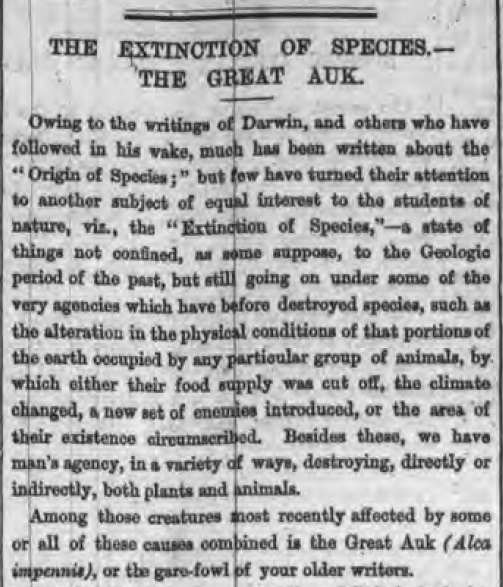

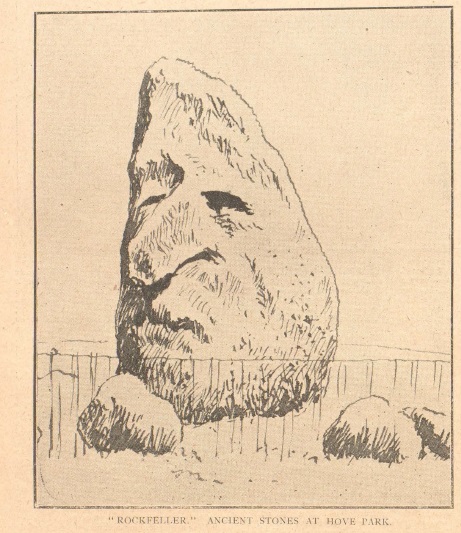

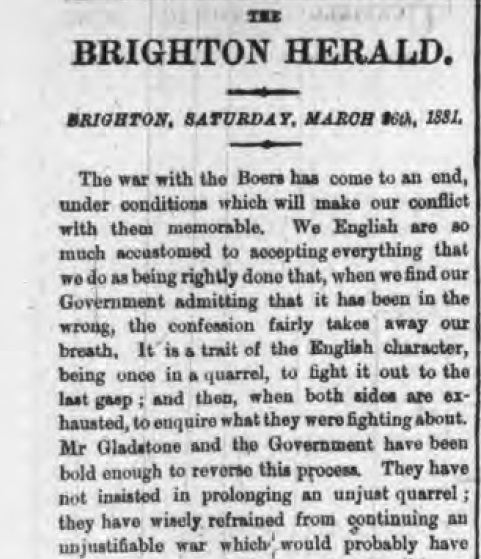

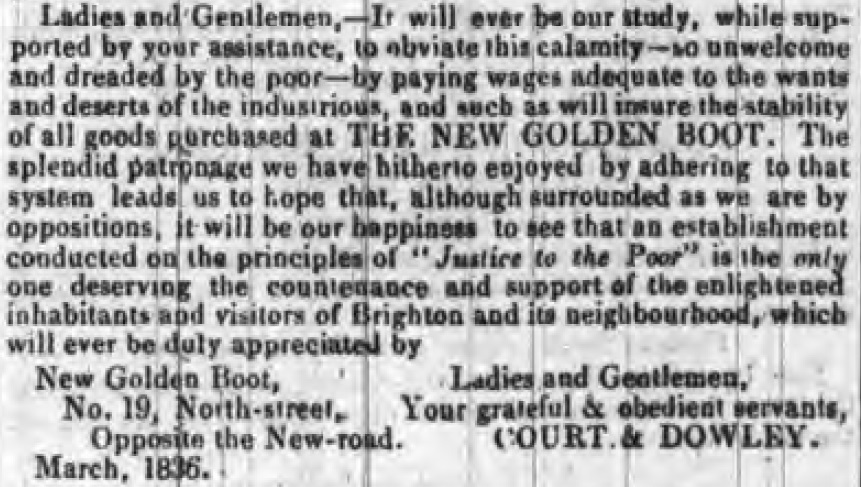

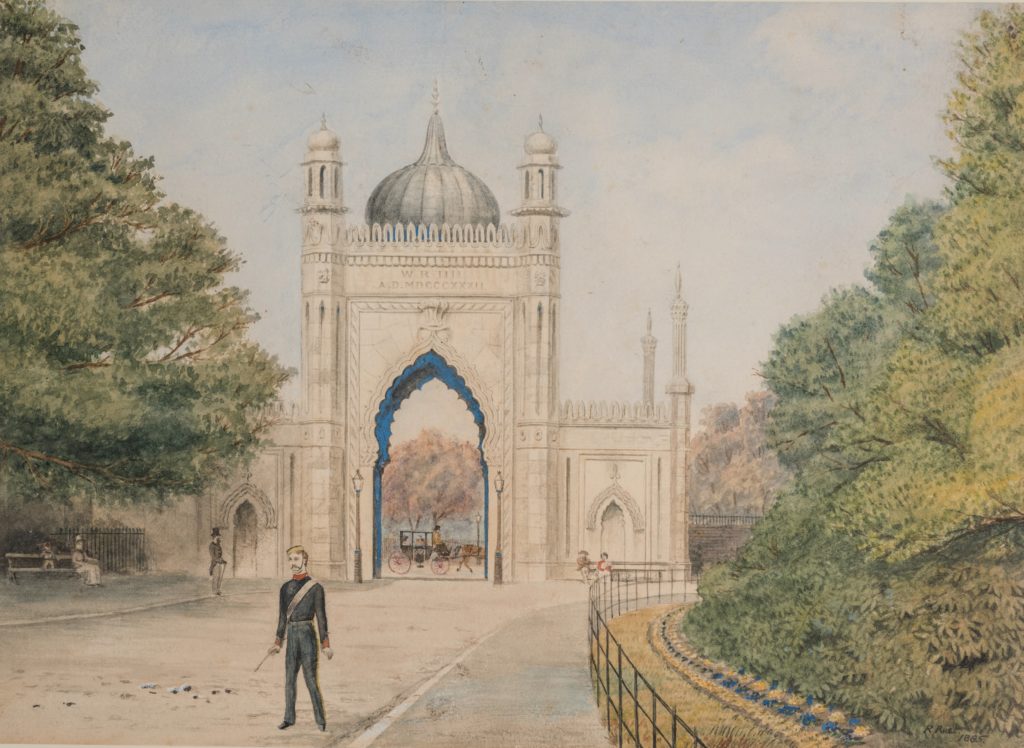





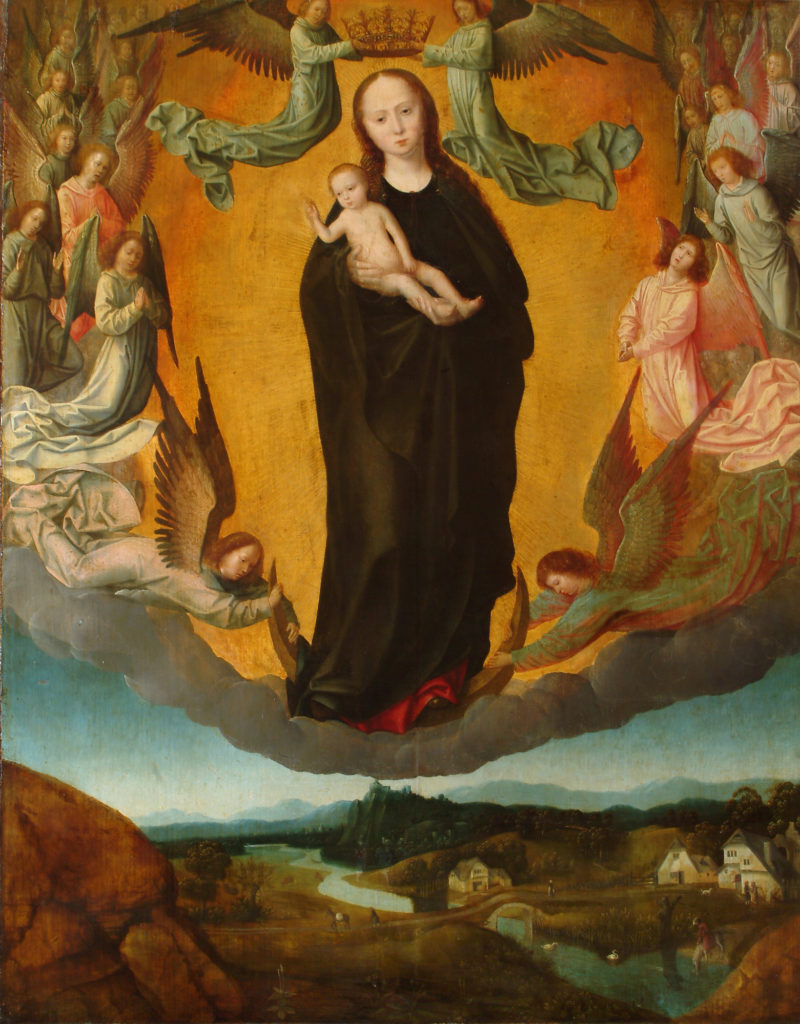






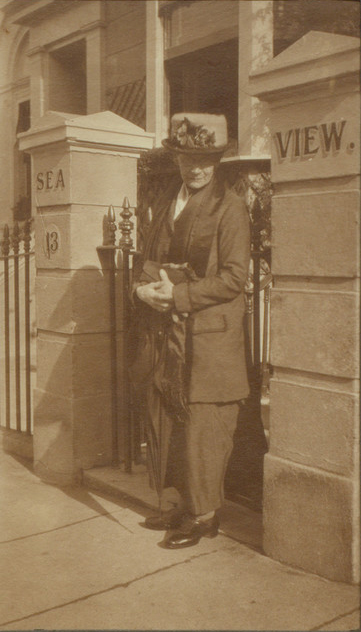











![Crocheted torch-cover/carrier made of pre-dyed wool-synthetic mix yarn. Made in Camp 5, Mae Hong Son Province, Thailand and collected by Sandra Dudley in 1997. [Museum number: WA508116]](https://brightonmuseums.org.uk/wp-content/uploads/2018/01/Crocheted-torch-cover-carrier-made-of-pre-dyed-wool-synthetic-mix-yarn.-rotated.jpg)


